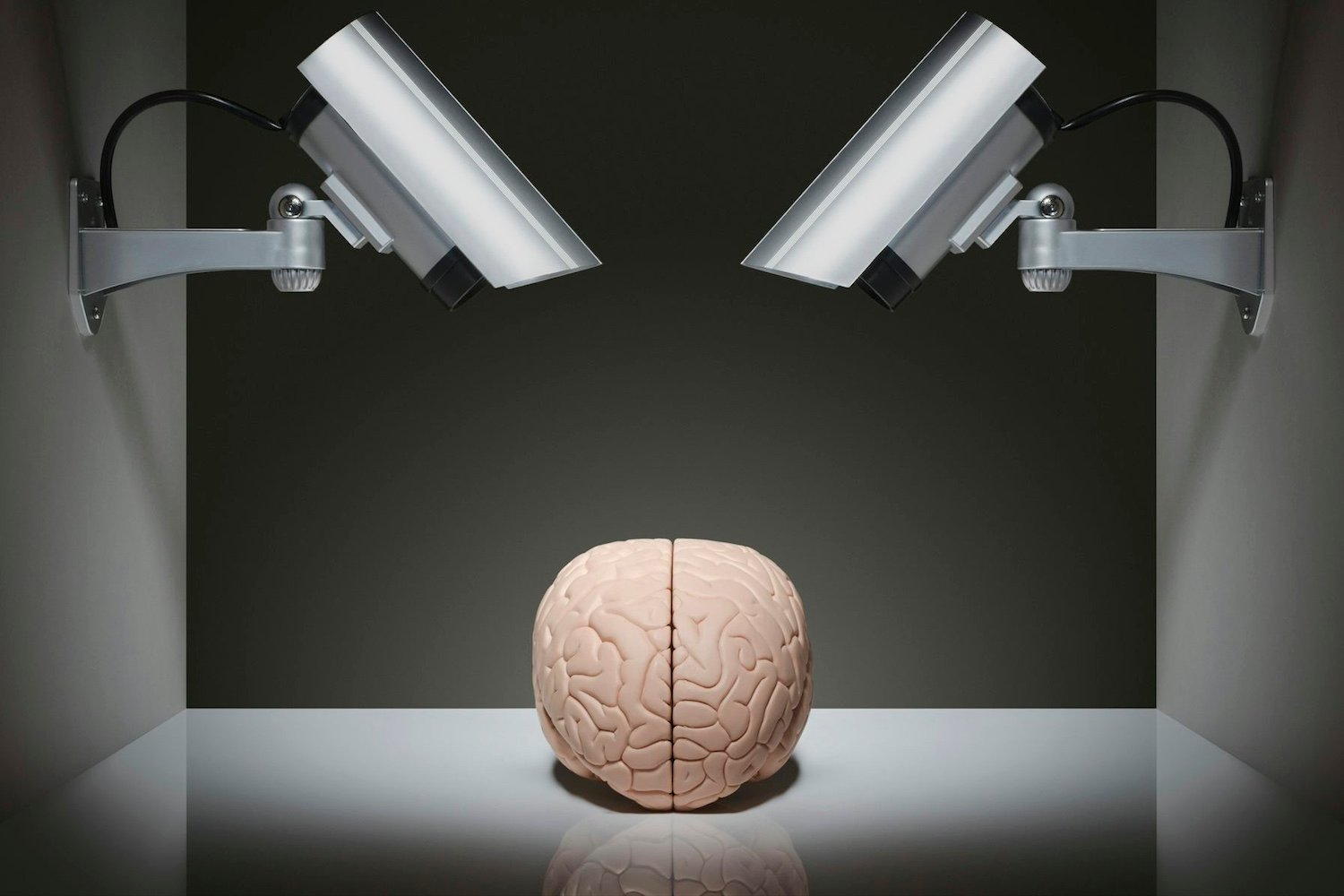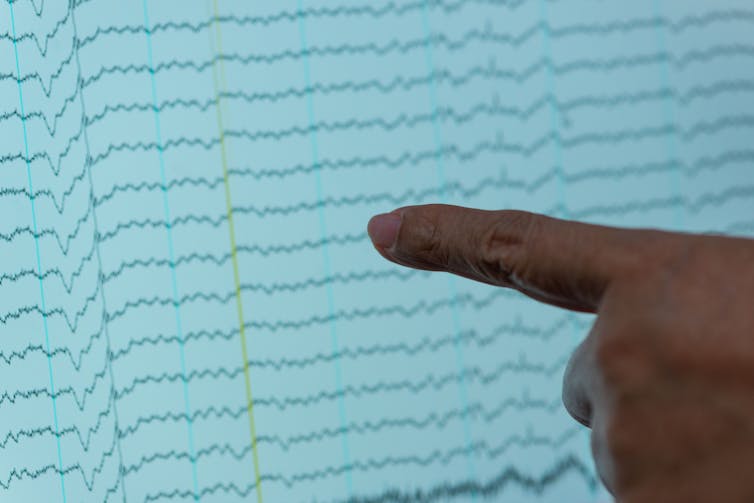Physical Address
304 North Cardinal St.
Dorchester Center, MA 02124
Physical Address
304 North Cardinal St.
Dorchester Center, MA 02124

Despite all interest in techniques that reduce the role of humans in work-such as Self -driving vehiclesand Robot workersand artificial intelligence And so – researchers in neural biology uses technology to improve human performance in their work roles.
Biology It is the study of human behavior while conducting activities in the real world, including in the workplace. The registration of a person’s brain activity in different situations or while completing certain tasks to improve cognitive performance. For example, nervous specialization can monitor employees as they are Learn new materials To determine when to master it. It can also help monitor fatigue in employees in roles It requires the best supervision And determine when they need entertainment.
So far, research in neurological biology can only be conducted in high -control clinical laboratory environments using invasive procedures. But engineering developments make this work possible in the real world settings with non -widespread devices that can be worn. The market for this Nervous technology – Any technique interacts with the nervous system – is expected to be expected It grows to 21 billion US dollars By 2026, it is preparing to form the daily life of workers for many industries in the coming years.
But this progress does not come without danger.
In my work as A vital medical engineer A professional medicine doctor, study how to improve health, luxury and productivity of workers. Nervous technology often focuses on how workers use brain monitoring techniques that can be worn to improve brain function and performance during tasks. But nervous science can also be used to understand better Human experience at work And adapting tasks and procedures with the person, not the other way around.
The most used nerve device passes the most used brain activity in various ways. Electrical Planning, or EEGTake measures changes in electrical activity using the electric electrodes attached to the scalp. Close, functional spectral analysis of infrared, or FNIRSIt measures changes in metaphysical activity. It does this by passing infrared light through the skull to monitor blood flow.
Each methods can monitor brain activity in the actual time because it responds to different situations, such as a high -pressure work task or a difficult task. For example, a study Using Fnirs To monitor the brain activity of people who participated in a 30 -minute backed attention mission, great differences witnessed the time of the interaction between the beginning and the end of the mission. This can be very important in security and safety roles that require sustainable attention, such as air traffic controllers and police officers.
Neuropathic also studys how brain stimulation can be used to improve brain activity. These include nervous formation techniques such as electrical stimulation through fees, or TES; Magnetic stimulating skull, or TMS; Or ultrasound concentration, or Fus. For example, studies have shown this TES app While learning a cognitive training task can lead to immediate performance improvements that continue even the next day. Another study found that TES may also help improve performance in the tasks that involve Kinetic skillsWith possible applications in surgical skills training, military tasks and sports performance.
The use of nervous technology in the workplace has global effects and High risk. Defenders say neurological technology can encourage economic growth and improve society. Those who oppose nerve technology warn that it can enhance inequality and undermine democracy, among other unknown consequences.
Entry into a new era of individual brain monitoring and reinforcement offers a lot Moral questions. The answer to these questions requires all stakeholders – workers, professional health professionals, lawyers, government officials, scholars, ethics and others – to address them.

For example, how should the individual brain activity data protect? There is a reason to doubt that brain activity data will not be covered by The law of health insurance and accountabilityOr HIPAA, because it is not considered medical or health data. Additional privacy regulations may be needed.
In addition, is the employers entitled to demand workers to comply with the use of nervous systems? the The law not distinguishing genetic information for the year 2008 Discrimination against workers is prohibited based on their genetic statements. Similar legislation can help protect workers who refuse to allow their brain information to be collected from rejecting or rejecting insurance.
Data technology data can be used in ways Help or harm The worker, and the possibility of abuse is great.
Employers may be able to use neurological technology to diagnose brain related diseases that can lead to medical treatment but also discrimination. They may also monitor how individual workers respond to different situations, and collect visions about their behavior that can negatively affect their functions or insurance status.
Just as computers and internet devices have transformed life, nervous technology in the workplace can bring more changes in the coming decades. These technologies may allow more smooth integration between workers’ brains and their work environments, both of which enhance productivity while increasing many nervous issues.
Bringing all stakeholders to conversation can help ensure the protection of every person and create safer work environments aimed at solving tomorrow’s challenges.![]()
Paul Brandt RafProfessor and Dean of Biomedical Engineering, Drexelle University
This article has been republished from Conversation Under the creative public license. Read The original article.